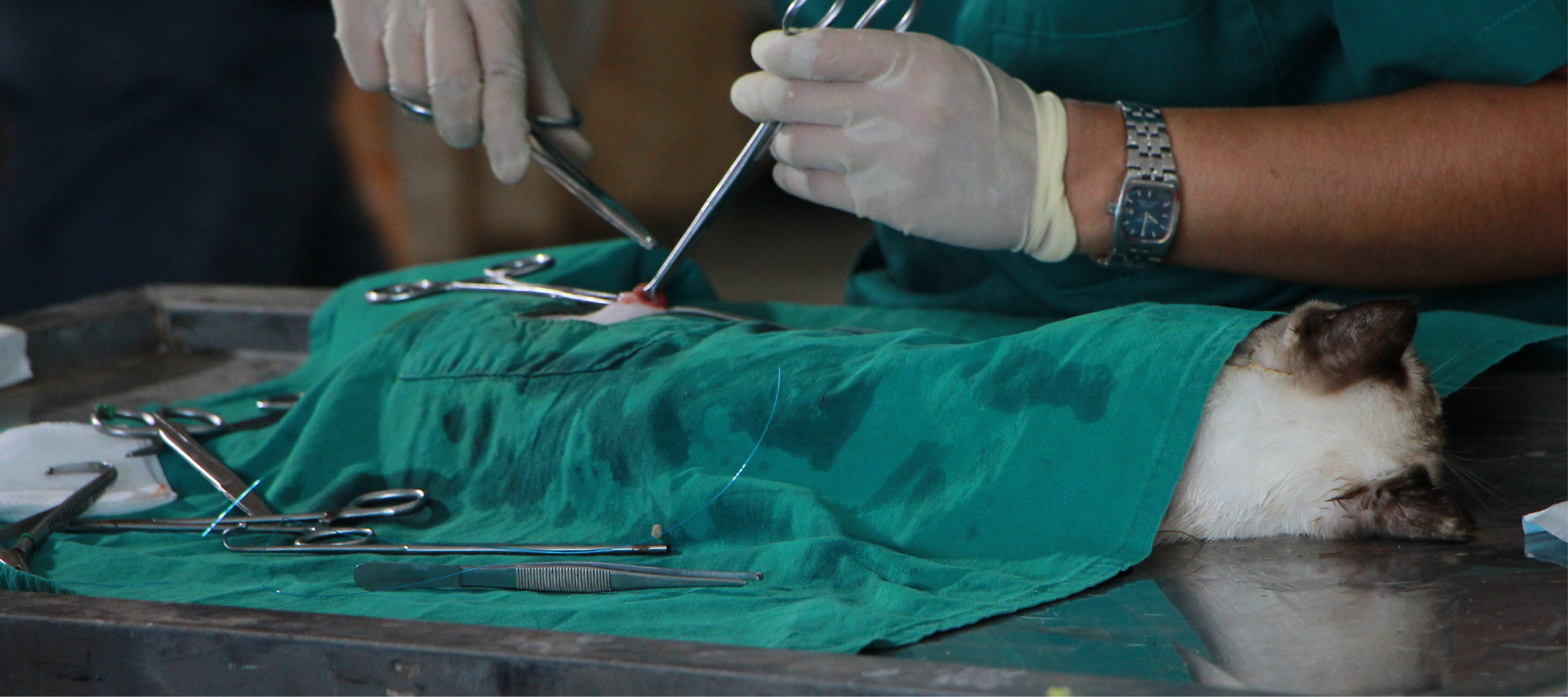
Animal Welfare Standards of Veterinarians
Veterinarians are widely considered to be experts on animal welfare. However, our survey of the positions of five of the world’s leading veterinary associations on five important animal use practices revealed that their positions frequently lagged behind those of the general public.
These practices were the close confinement of laying hens in ‘battery cages,’ of pregnant sows in gestation crates, of veal calves in small crates, the cosmetic tail-docking of dogs, and the use of animals in scientific research and education.
To further examine the attitudes of veterinarians towards animal welfare, we ascertained the positions of the American Veterinary Medical Association (AVMA) on a broad range of practices commonly considered to result in poor welfare. With a veterinary membership in excess of 72,000 by 2005—the largest of any veterinary association—and claiming to act as “a collective voice for its membership and for the profession,” the AVMA is ideally suited to this purpose.
While the AVMA did not support all practices resulting in poor welfare, it did support a substantial number of them, in some cases contrary to strong scientific evidence.
Such poor positions of veterinarians on animal welfare issues are largely attributable to deficiencies in veterinary education. Although humane alternatives are being introduced, harmful animal use in surgical and preclinical training remains common in veterinary courses worldwide, and although animal welfare and bioethics courses are also being introduced, these remain minimal in most veterinary curricula. Additional causes may include deficiencies in the selection of veterinary students, and misrepresentation of the opinions of veterinarians by their professional associations.
Solutions could include consideration of animal welfare awareness and critical reasoning ability during the selection of veterinary students, increased bioethics and critical reasoning training during veterinary education, continuing education credits for veterinarians who participate in such post-graduate training, the replacement of remaining harmful animal use in veterinary education with humane alternatives, and the encouragement of more active involvement of veterinarians in their professional associations.
My related publications are here.
